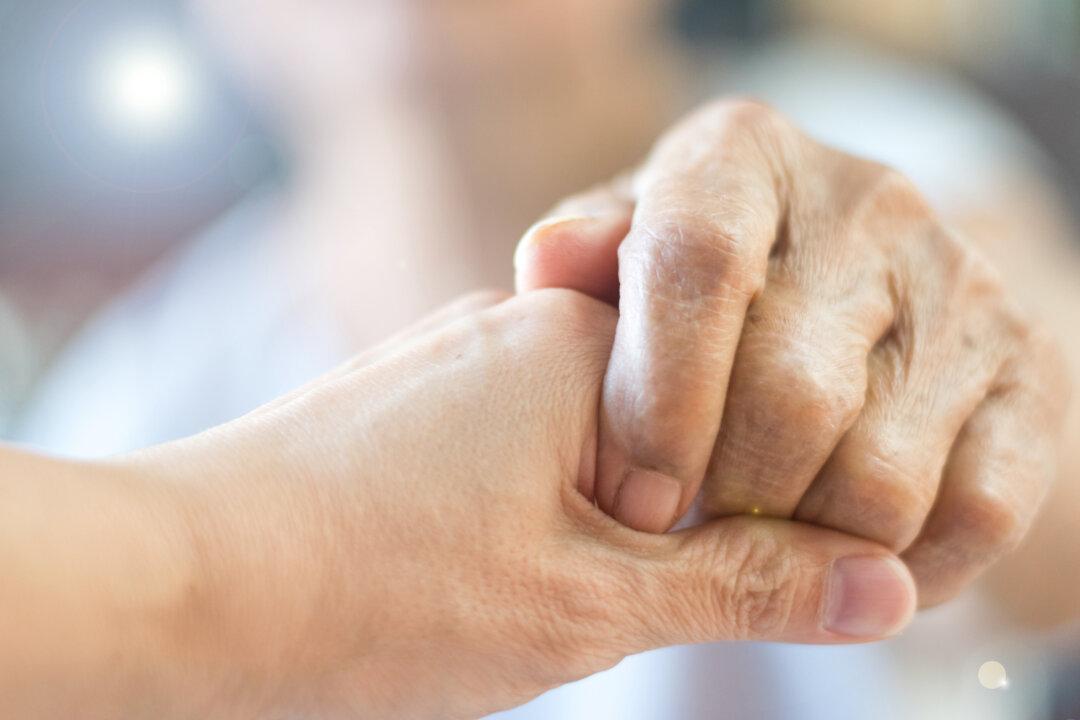A growing number of Canadians have become “sandwiched” caregivers as they look after their children and aging parents simultaneously, according to a new Statistics Canada report.
While 42 percent of Canadian adults were providing unpaid care to either children or adults aged 15 or older in 2022, 13 percent—1.8 million adults—were caring for both at the same time, StatCan said in its newly released report.





